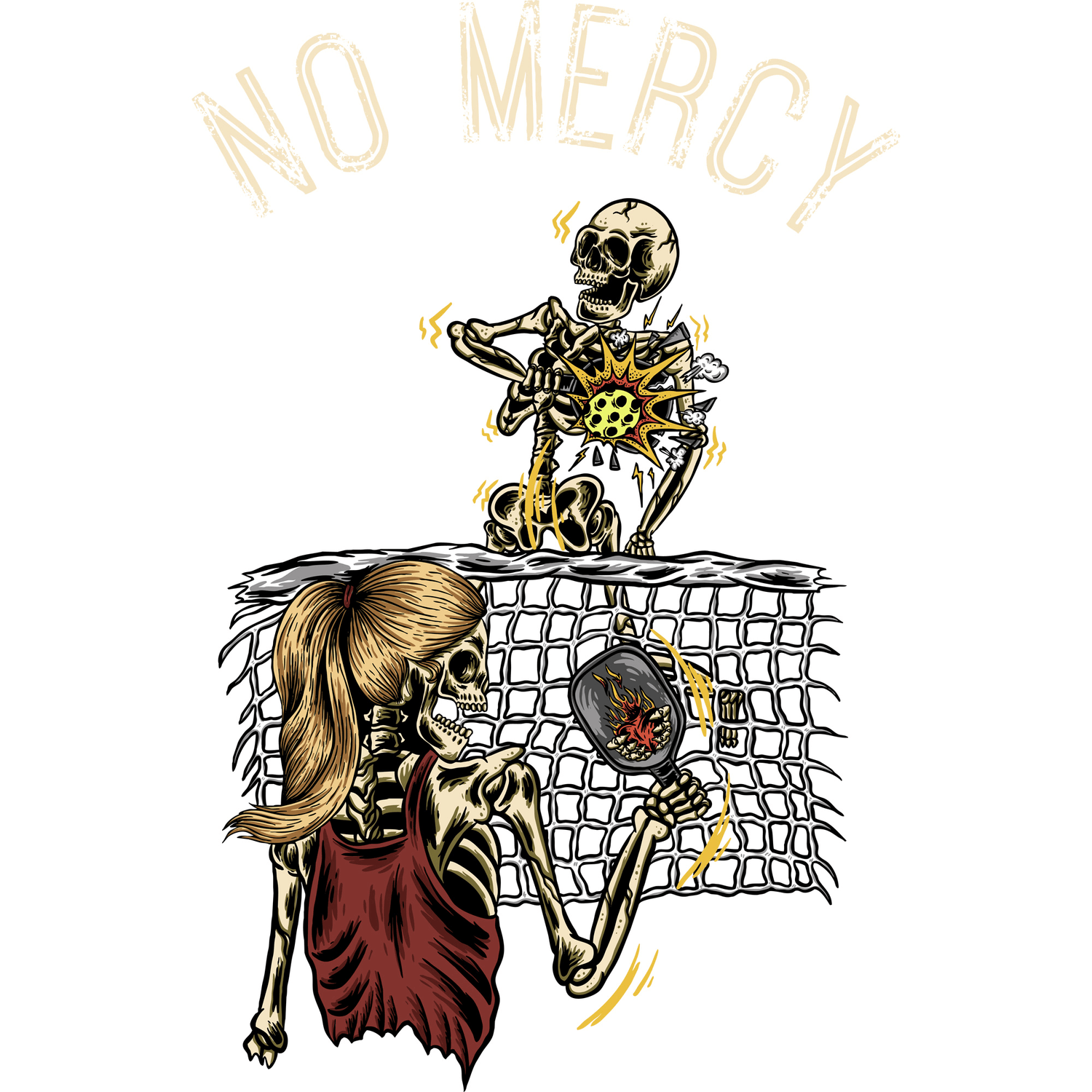The moment has arrived. A small, unassuming package sits in your hands, but inside lies a world of potential. You’ve just received your Pittosporum Tobira seeds, and you’re on the verge of starting a new gardening adventure. The promise of fragrant, creamy-white flowers and lush, glossy leaves is almost tangible. But before you can enjoy that sweet, orange-blossom scent, you need to give these little guys the best possible start.
Unboxing seeds might seem simple, but those first few steps are crucial for turning a tiny seed into a magnificent shrub. It’s like being a plant’s first-ever coach, setting it up for a championship season in your garden. This guide will walk you through the essential first steps, from the moment you open the packet to getting your seeds happily settled in their new home. Let’s get our hands dirty and set your Pittosporum Tobira up for success.
The Grand Unboxing: What to Do First
You’ve torn open the package, and there they are: your Pittosporum Tobira seeds. Resist the urge to just toss them into the nearest pot of dirt. A little prep work now will pay off massively later. Think of this as the "getting to know you" phase.
First, carefully inspect your seeds. They should look plump and healthy. If you ordered from a reputable supplier, they’ve likely been cleaned and are ready for action. Your Pittosporum Tobira seeds have a reddish, sticky coating. This is perfectly normal! This resinous pulp is part of the plant's natural design. While some gardeners plant them as-is, giving them a gentle cleaning can improve germination rates by removing any potential inhibitors on the seed coat.
To clean them, simply place the seeds in a small bowl of lukewarm water and gently rub them between your fingers to loosen the sticky pulp. Don't scrub too hard; you just want to remove the outer coating. After a quick rinse, you're ready for the next critical step: stratification.
Waking Up Your Seeds: The Magic of Stratification
Many seeds, especially those from woody shrubs, have a built-in dormancy mechanism. It’s nature’s way of ensuring they don’t sprout in the middle of winter, only to be zapped by a frost. To break this dormancy, we need to mimic the conditions of a cool, damp winter. This process is called cold stratification.
Cold Stratification Made Easy
It sounds scientific, but it’s incredibly simple. Here’s how to do it:
- Get Your Medium: Moisten a handful of sterile seed-starting mix, peat moss, or even a paper towel. It should be damp, not dripping wet. Squeeze out any excess water.
- Mix and Bag: Mix your cleaned Pittosporum Tobira seeds into the damp medium. Place the mixture into a labeled, resealable plastic bag. Make sure to write the date and "Pittosporum Tobira" on it—you’d be surprised how easy it is to forget what’s in there!
- Chill Out: Place the bag in your refrigerator for about 30 to 60 days. The crisper drawer is a perfect spot. This cool, moist environment signals to the seeds that winter has passed and it’s time to wake up and grow.
Check on the bag periodically to ensure the medium hasn’t dried out. If it feels dry, spritz it lightly with a water bottle. After the chilling period, your seeds will be primed and ready for planting.
Planting Time: Creating the Perfect Home
Your seeds have survived their mini-winter and are ready for soil. This is where you create the ideal nursery for your future shrubs. Getting the soil and environment right is key to seeing those first exciting green shoots.
Soil Preparation: The Foundation of Growth
Pittosporum Tobira isn't overly fussy, but it thrives in well-draining soil. A heavy, waterlogged soil can lead to root rot, which is a death sentence for young seedlings. You can create the perfect mix by combining equal parts potting soil, perlite, and sand. This blend ensures that water drains effectively while still retaining enough moisture for the seeds to germinate.
Fill your seed trays or small pots with this mixture, leaving about a half-inch of space at the top. Gently firm the soil down, but don't compact it.
Sowing the Seeds
Plant your stratified seeds about a quarter-inch deep in the soil. A good rule of thumb is to plant a seed twice as deep as it is wide. Place one or two seeds per pot or cell. Planting a couple gives you a better chance of at least one germinating, and you can always thin them out later.
After planting, water the soil gently. You want to moisten it thoroughly without dislodging the seeds. A spray bottle or a watering can with a fine rose is perfect for this.
Nurturing Your Seedlings: The First Few Weeks
You’ve planted your seeds. Now comes the waiting game. Germination can take several weeks, so patience is your best friend during this stage. To help things along, focus on creating a stable and nurturing environment.
Warmth and Light
Place your pots or trays in a warm, bright location. Pittosporum Tobira seeds germinate best in temperatures between 70-75°F (21-24°C). A spot near a sunny window is great, but avoid direct, scorching sunlight, which can dry out the soil too quickly. A seedling heat mat can also be a fantastic tool to maintain a consistent soil temperature.
Watering Wisdom
Keep the soil consistently moist but never soggy. Let the top layer of soil dry out slightly between waterings. Overwatering is one of the most common mistakes new gardeners make. When you do water, water from the bottom if possible by placing the pots in a tray of water for about 30 minutes. This encourages the roots to grow downward.
Once your seedlings emerge and develop their first true leaves, you can start to acclimate them to more direct light. If you planted multiple seeds in one pot, choose the strongest seedling and snip the others at the soil line to give the winner plenty of room to grow.
Elevate Your Garden with Premium Seeds
Starting plants from seed is one of the most rewarding gardening experiences. It connects you to the entire life cycle of your plants and gives you a deep sense of accomplishment. The quality of your seeds, however, is the foundation of this success. Poor-quality seeds can lead to low germination rates and weak plants, turning a fun project into a frustrating one.
That’s why sourcing from a trusted supplier is so important. RND offers a curated collection of premium garden seeds, including Pittosporum Tobira, that promise high germination rates and healthy growth. Each batch is selected for its quality, ensuring you have the best possible chance of success. When you start with superior seeds, you’re already halfway to a thriving, beautiful garden.
Don’t leave your gardening dreams to chance. Give yourself a head start with seeds that are ready to perform.
Explore the premium seed collection at RND and start your growing journey today!
https://www.rndaccessories.com/collections/seeds






